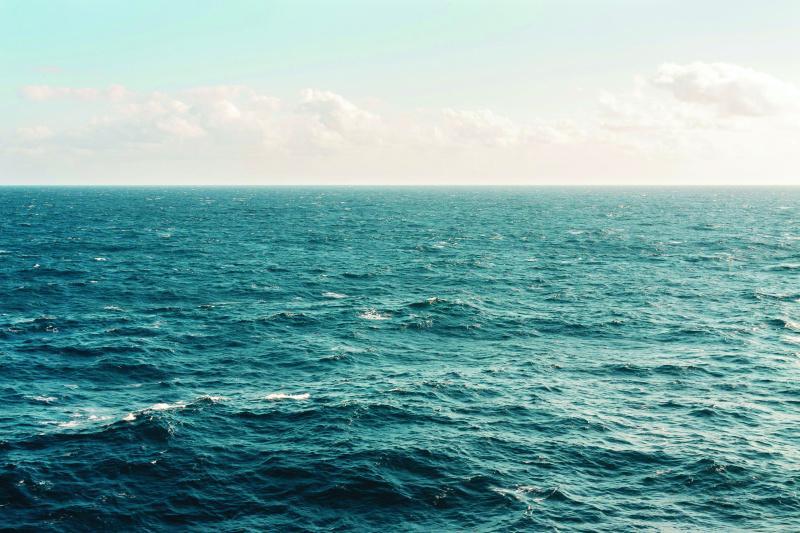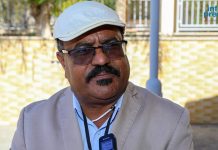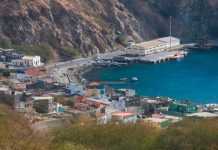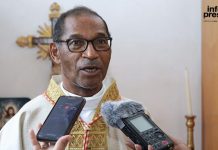By NUNO ANDRADE FERREIRA*
Africa-Press – Cape verde. Government works to create instruments for managing marine reserves. Environmentalists want to be part of the solution.
In its third year of implementation, the Management of Multiple Sectoral Threats in Marine Ecosystems project, financed by the Global Environment Fund (GEF), aims to reinforce the country’s work in safeguarding protected areas. The initiative aims, above all, to develop legal instruments for management and access to marine reserves.
The goal is to improve systemic and institutional capacity and thus reduce threats to ecosystems. One of the main expected practical results will be better governance of marine and coastal resources. On the horizon, reducing the environmental impacts of economic activities and maximizing economic and social benefits in local communities.
This month, the steering committee met in Mindelo. The Minister of Agriculture and Environment, Gilberto Silva, recognizes that, in a country that is 99% sea, there is a lot of work to be done, starting with better knowledge of ecosystems.
“The knowledge we have is not enough. We need a lot of research, a lot of investigation, a lot of work to identify, not only the ecosystems, but also the exploration activities of marine resources and their impact on Cape Verde”.
Knowing better, managing better is, therefore, the motto of the project. Santa Luzia will be a pilot area, with representative potential.
“We will have to operate under a very concrete territory, which can be representative, and where we can test the various elements that are being created, aware that, later, the application of these instruments will be extended to the entire national territory”, explains the ruler.
The authority also aims to develop a monitoring system that allows actively monitoring the implementation of policies and mechanisms that are being developed, updating them whenever necessary.
Cape Verde, like the rest of the world, faces challenges in conserving its biodiversity and mitigating the impacts of climate change. For the United Nations Development Program (UNDP), the Management of Multiple Sectoral Threats in Marine Ecosystems project reinforces the work that the country has done in this area.
Cape Verde has a high rate of endemic and emblematic species. This fact places the islands as one of the most relevant marine ecoregions worldwide. It is the UNDP deputy representative, Elisa Calcaterra, who highlights the importance in a global context.
“Cape Verde has particularities that lead to the existence of biodiversity of great global importance. The country currently has a national network of 47 protected areas, which represent around 20% of the terrestrial territory and 6% of the [total] territory (…), which is why it has been recognized as one of the 23 marine ecoregions of global importance”, he highlighted in a intervention in São Vicente, this month.
“On the other hand, the blue economy is a new development approach that aims to promote economic growth and social inclusion, ensuring the protection of the environment, the sustainability of oceans and coastal areas, through the development of sectors and activities related to oceans”, he added.
The project is also a way of responding to Sustainable Development Goal 14, precisely about preserving marine and coastal ecosystems.
UNDP believes that the project will help to implement the National Biodiversity Strategy and Action Plan 2015-2030 and to achieve the Blue Economy Unified Strategic Framework, approved in 2019.
Environmentalists want to be an active part
Since 2006 in Santa Luzia and the islands, the environmental association Biosfera I has applauded the government initiative, which it says responds to an old demand. It is “urgent” to develop management instruments, considers the president of the non-governmental organization (NGO), Tommy Melo.
“In the case of Santa Luzia, I imagine that the steps that must now be taken are the creation of regulations and a management plan that is really effective and that can cover the deficiencies that exist in terms of controlling access to the island of Santa Luzia. and the Ilhéus, because they are areas of great biological importance”, he establishes.
The association leader only regrets that the steering committee left out operators who, like Biosfeira I, have worked for decades to protect the biodiversity of the ecosystem chosen as a pilot area.
“In my opinion, once again, the government started off on the wrong foot. There was already a steering committee working on the island of Santa Luzia, made up of several entities, namely stakeholders , those who have always used the island, fishermen’s associations, and the NGO Biosfera itself. These institutions are left aside, they are not integrated, they are just mere spectators. Let’s hope that the government can correct and counter this lack of sensitivity or lack of coherence”, he appeals.
The Management of Multiple Sectoral Threats in Marine Ecosystems project is financed by the GEF, in the amount of 3.7 million dollars. In 2022, during the launch, the government expected to mobilize co-financing in excess of US$22 million.
expressodasilhas
For More News And Analysis About Cape verde Follow Africa-Press






